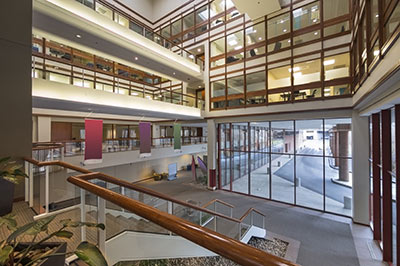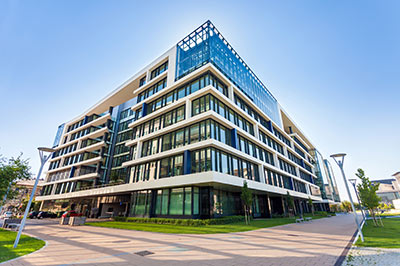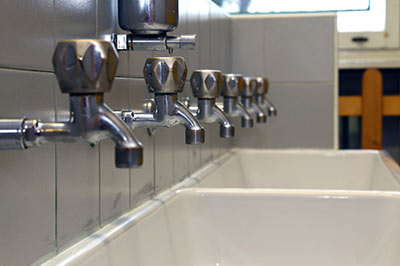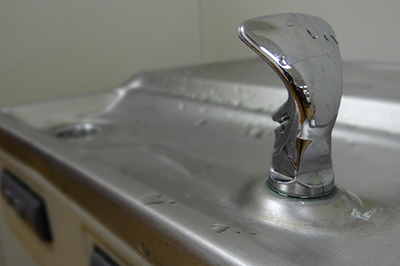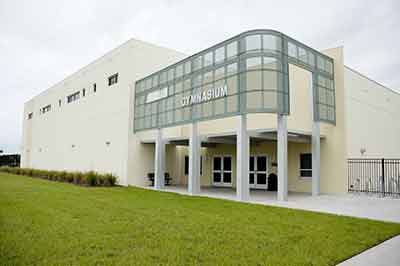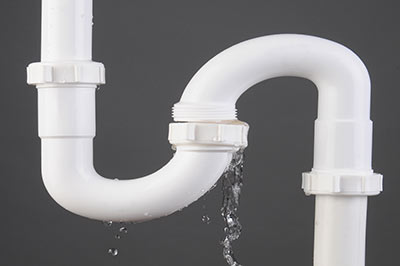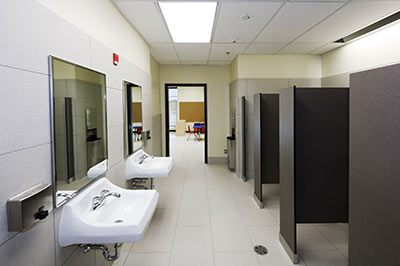by Angel Ford, EdD
Finnish students are excelling academically; in fact, they are passing students in most other nations. This has not always been the case, however. Over the past forty years Finland has made great strides to equalize and expand opportunities for their students, empowering them to become some of the top-performing students in the world.
A question we should be asking in America is: What types of educational reform did Finland institute in order to see the marked improvement in student achievement? The answer is multifaceted and includes improved curriculum quality, increased access, and efforts to support the quality of instruction (Darling-Hammond, 2010). However, the area of Finland’s reform I would like to highlight is that of improving the physical learning environments where their students learn.
Sparks (2012) explained that Finnish architects developed school building models based on evidence of effective learning spaces. The architects focused on aspects of the built environment that motivate students and encourage learning. These designs moved away from factory-style buildings with traditional classrooms to “contemporary campuses built to meet the pedagogical and social needs of their students and teachers” (Sparks, 2012).
Not only did the architects study and apply best practices in designing learning environments, they also worked in direct collaboration with teachers and administrators (Sparks, 2012). Their designs included clusters of classrooms, areas to view the outside, appropriate lighting, and other building features that have been shown to improve student achievement and well-being.
Sparks (2012) stated that visitors to Finland would see beautifully designed, well-constructed, and thoroughly maintained buildings. How would visitors to school buildings in American describe what they see? Some of our schools could be described as attractive state-of-the-art buildings equipped with modern technology; unfortunately, many other schools would be described as drab, run-down buildings without even the basic resources necessary for 21st century learning.
What are we saying to students who attend school in dilapidated buildings? Are we implying that their education is not important? Or, are we letting them know that we are only fulfilling an obligation to provide four walls to house them for a certain number of hours every day?
Let’s learn from Finland, and let’s begin to equalize and expand the opportunities our students have by designing and retrofitting the places where they learn based on best practices and solid evidence of effective building designs. The access students have to clean, well-maintained, and thoughtfully designed learning spaces should not be based on their socio-economic status or where they live in America. Students from rural communities, students from urban communities and students from the suburbs should all have access to learning spaces that promote healthy living and that help them stay motivated to learn.
References
Darling-Hammond, L. (2010). What we can learn from Finland’s successful school reform. National Education Association. Retrieved from http://www.nea.org/home/40991.htm
Sparks, S. (2012). Finland rethinks factory-style school buildings. Education Week. Retrieved from http://www.edweek.org/ew/articles/2012/07/06/36finland.h31.html
Dr. Angel Ford is a research associate with Education Facilities Clearinghouse (EFC). Dr. Ford has previous experience working as a middle/high school administrator and actively participates in research and content management of the EFC website.

